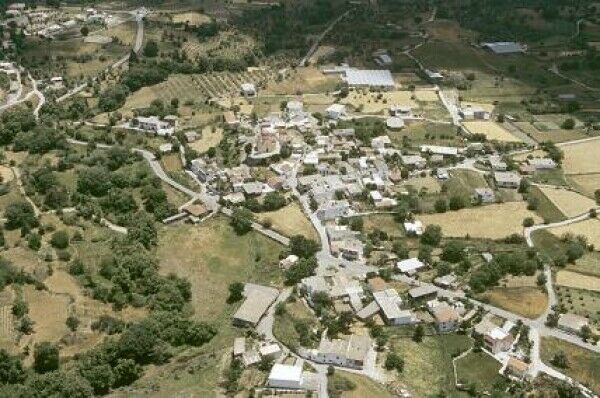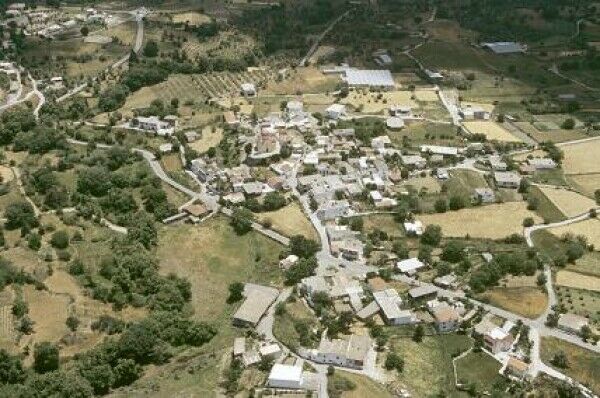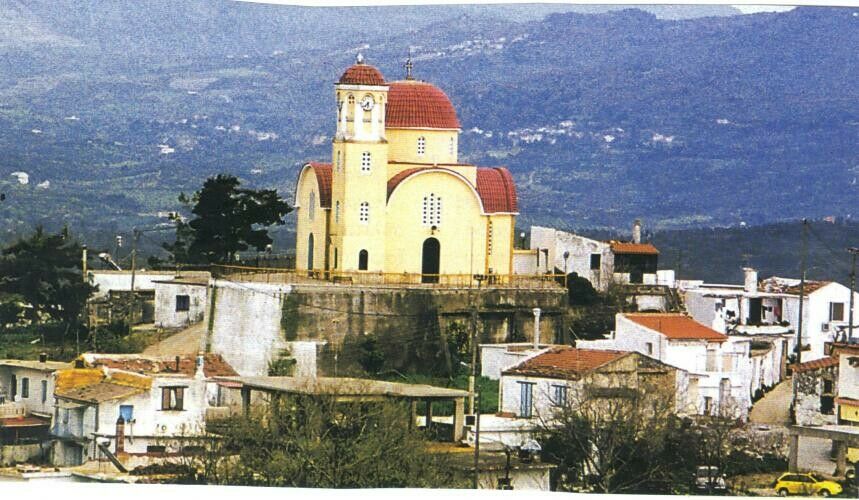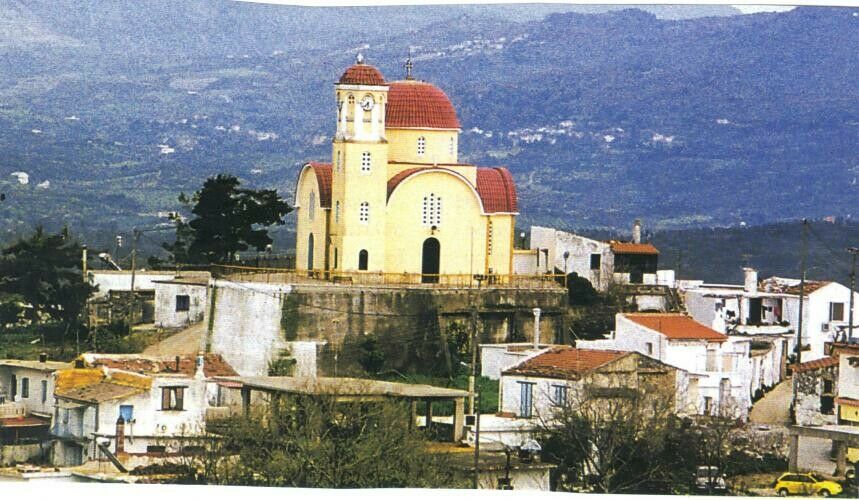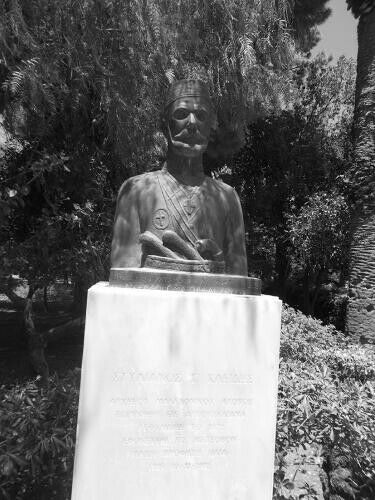"Discover the charm and beauty of Agkouseliana, where tradition meets breathtaking landscapes, inviting you to explore its unique character."
The Municipal District of Agouseliana includes the settlements: Agouseliana, Paleoloutra.
Agouseliana took its name from a resident who came during the Ottoman rule from the village of Kouse Mesara (Kouselianos - Agouselianos - Agouseliana). It is located 24 km south of Rethymno at an altitude of 350 meters. It is built on a small plateau that connects with the plain of Koxares. To the north rises the hill of Kefala, and to the south, we see the Atsipadiana mountains. The soil is clayey and sandy, with traces of charcoal and peat in many places. The exploitation of abundant water from the source of Timios Stavros solved the problem of village water supply and promoted agricultural cultivation. Olive oil, vegetables, and livestock products are produced, as the residents are mainly engaged in agriculture and animal husbandry. Additionally, two large modern units for cheese and olive oil production operate. According to the 2001 census, Agouseliana, along with Paleoloutra, has 330 inhabitants. The village has ancient roots, supported by evidence of life spanning many centuries. The village area is filled with fragments of horns belonging to horn-shaped tombs and vessels from the Hellenistic and Roman periods.
Local tradition speaks of hidden treasures in the Markarina region, the estate of Markos of Eirene, from which Markarina derived its name. Over time, illegal excavations have been conducted in the area to find these presumed treasures. In the region, there is the cave of Neraidotrypa, which remains unexplored. At the foothills of the mountains in the southern part of the village, sections of church walls with Byzantine frescoes are preserved (Agia Marina, Agios Stefanos).
In the center of the village, on a small hill, stands the beautiful newly built church in Byzantine style, with a carved and elaborate iconostasis, dedicated to Agios Ioannis Prodromos. There are also other churches: Agios Nikolaos, Agios Georgios, Prophet Elias, Agios Nikolaos in Pervolia, where, according to the research of specialized geologists, underground water was found. There are chapels dedicated to Agios Antonios, Christ the Saviour, Agios Konstantinos, which houses the cemetery, and the chapel of Timios Stavros. Stilianos Kleidis, leader of the Macedonian Struggle from 1904 to 1908, originated from Agouseliana. In 1941, during the Battle of Crete, Captain Emmanouil Kurmoulis and some young men from the village participated. However, the entire village played a crucial role in providing protection and sheltering the British, Australians, and Greek resistance fighters from the Lake of the Libyan Sea.
The settlement of Paleoloutra is built at the foot of a barren hill (350m) between Agouseliana and the village of Agios Vasileios, 22 km from Rethymno. Its name comes from the existence of ancient therapeutic baths in the area. In the village, there is the old church, of basilica rhythm, dedicated to Agia Kyriaki, which is considered miraculous, as no resident of the village was killed in various wars because Agia Kyriaki protected them. There is also the church of the Holy Trinity. In the location of Kastela, there are the ruins of a fortress where the Turks supervised the area. It is said that during the Ottoman rule, rebels lived and operated in the location of Porti.

